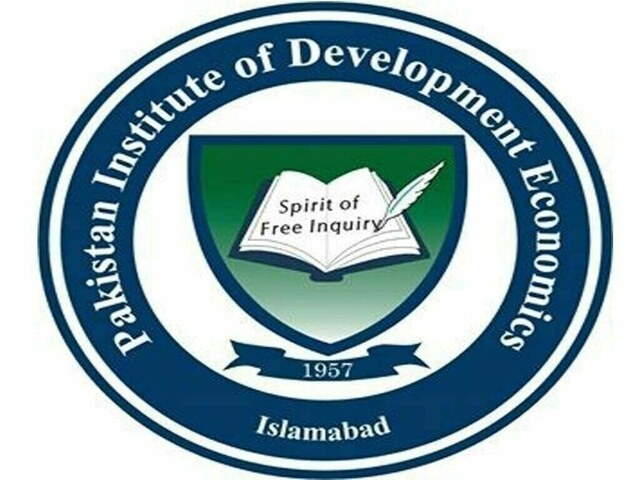ISLAMABAD: The Pakistan Institute of Development Economics (PIDE) has warned that Pakistan’s power sector crisis evolved into a deep socioeconomic imbalance, where the poorest households are paying the highest price for the country’s inefficiencies.
Authored by Dr Rubina Ilyas, a Research Economist at the PIDE, the study titled “Circular Debt and Electricity Tariffs: Unequal Burdens Across Household Quintiles in Pakistan” quantifies how power sector circular debt, which is now exceeding Rs2.6 trillion, has translated into regressive electricity tariffs that disproportionately impact low-income families.
Without efficiency-based reforms, stronger governance, and progressive tariff restructuring, the circular debt menace will continue to perpetuate economic injustice and deepen energy poverty across the country, the study argued.
Despite Pakistan’s generation capacity exceeding 45,000 Megawatts (MW) by mid-2025, the sector remains fiscally insolvent as Power Distribution Companies (DISCOs) continued to face 16–17 percent transmission and distribution losses, with bill collection rates ranging from 95 percent in IESCO and LESCO to as low as 60 percent in PESCO and QESCO.
These inefficiencies, coupled with delayed subsidies and mounting capacity payments, have trapped the energy sector in a debt-driven cycle of price escalation and financial instability. The study reveals that the average national tariff has nearly tripled, rising from Rs12.5 per kilowatt-hour (kWh) in 2015 to Rs34.45 per unit in 2025. Crucially, 30–35 percent of this tariff is composed of non-energy financial adjustments such as debt repayments and surcharges, not actual power generation costs.
“Every rupee of circular debt is being passed on to consumers through uniform surcharges, effectively making the poor pay for inefficiencies they did not create,” Dr Ilyas, said and added that for the bottom income quintile, consuming up to 100 kWh per month, the tariff has increased from Rs11.72 per unit in 2018 to Rs22.44 per unit in 2025, of which nearly 37 percent comprises circular-debt-related surcharges.
Middle-income households (Q3), consuming around 250–300 units per month, now face effective tariffs of Rs34.2 per unit, while higher-income users (Q5, consuming over 700 units per month) pay Rs46.5 per unit. However, the share of non-energy costs within total bills declines from 60 percent for the poorest households to 30 percent for the richest, illustrating the regressive nature of current tariff recovery mechanisms.
The findings also show that the poorest 40 percent of households (Q1–Q2) pay around 55–60 percent of the total Debt Servicing Surcharge (DSS), even though they earn less than 30 percent of the national income, while the top quintile, which earns nearly 45 percent of total income, contributes only 15–20 percent of DSS. This inequitable burden underscores that Pakistan’s circular debt problem is not just a financial rather it is a distributional injustice embedded within the electricity tariff structure.
Copyright Business Recorder, 2025


